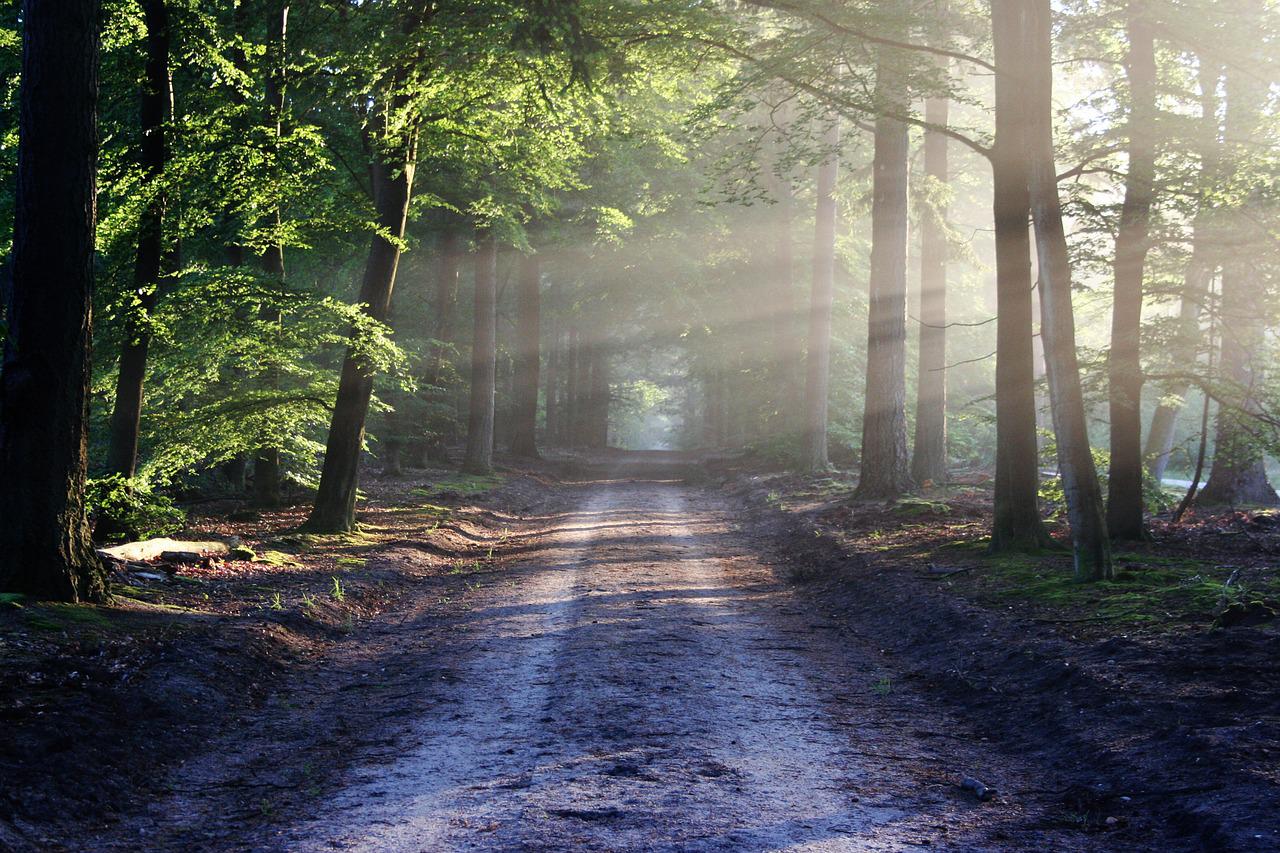
The Great Smoky Mountains National Park is the ideal location for outdoor adventurers. This park covers over 500,000 acres of land with a collection of ancient mountains, diverse wildlife, and numerous species of plants for you to explore. As a nature lover, you will have a wonderful time walking along the wooded trails, watching the glorious waterfalls cascade down the rocks, and going on scenic drives surrounded by golden leaves falling off trees. The Smokies also offers you a glimpse into the remnants of Southern Appalachian mountain culture, walking you through their arts and crafts, food, music, and folklore. So there is no end to what you can do once you enter the beautiful Great Smoky National Park but having adequate guidance will help you. Here are some ways you can ensure that you have the best trip in Tennessee and come back for more:
- Before You Start Your Trip
The Smoky Mountain National Park is immensely hiking intensive. So your best shoes may not be the right option for your adventure. This land allows you to get up close to nature, so you should expect to get covered in sweat, get wet under the fast-flowing water, and get dirty from the soft soil around you. The popular hiking regions like Cades Cove are not only busy but highly vast to cover. Therefore try keeping a map and download offline details of the trails you want.
Additionally, it would help if you looked into booking options since areas near the mountains get reserved fast. If you’re interested in camping and want a group tour around Smoky National Park, there is a perfect spot for you. Located along the Middle of Little Pigeon River are quaint Gatlinburg campgrounds, stocked with necessary facilities, from an RV set up to tents so you can get in touch with your inner nature enthusiast. Additionally, it would help if you always kept a GPS on you, the right hiking gear, spare clothing, and a first aid kit as you slowly make your way through the park.
- Watch Out for Wildlife
Animals are the heart of the Great Smoky Mountains. This park is home to over 200 types of birds and 80 types of reptiles and amphibians. Since there are no cages, all animals freely mingle, and you may even encounter them on your visit. But heed caution. Wild animals are not domesticated and may see you as a potential threat, so you must listen to your guide and follow the rules of dealing with animals. For instance, the Smokies is home to over 1600 species of bears. Some of these you may find wandering in Cades Cove. It is illegal to be more than 50 meters close to a bear, and you’re not allowed to feed it. If the bear is aggressive, you should not run but walk away. Over 200 species of elk reside in Cataloochee Valley. While viewing these animals, you should maintain your distance since they can come charging at you fast. These animals are also big, so don’t attempt to bother them. You’ll also find over 6,000 species of deers in Cades cove.
Most of these animals are out early in the morning if you want to catch a glimpse. But since these creatures are shy, don’t expect them to come running toward you. However, always read about safe animal interaction and repellents that work on different predators to mitigate the risk of getting attacked. Most animals will leave you alone if you don’t bother them, but if you accidentally get too close, you need to learn how to safely remove yourself from their sight.
- Enjoy Glorious Hikes
Every season in the smoky mountains is suitable for hiking. The summer, with its warm sun, makes for a cozy trail. At the same time, spring brings you a parade of wildflowers and trees. In the autumn, you witness nature’s palate in the form of unique colors and shades around you. Since the park is a hiker galore, you need to choose the most appropriate trail for yourself. The last thing you would want is to get lost while you’re too busy climbing and going over rocks. The Appalachian trail is worth mentioning as a destination you should check out. The track is about 4.0 miles one way towards Charles bunion and stands at an elevation of 1,600 feet. While on this trail, you may see some exposed cliffs and peaks of other mountains. This trial will also take Clingmans Dome to Mount Katahdin in Maine.
- Go For A Scenic Drive
As much as you would want to cover the Smokies on foot, you need to use your car to navigate across the vast motorways. This doesn’t rob you of the experience of enjoying nature but instead adds to the total effect. Some famous roads include going down Cades Cove Loop, an eleven-mile one-way street leading to a lush valley. You get to see much wildlife while driving through as well as sprawling fields of green. Your second choice includes the Newfound Gap, a mountain passage through Gatlinburg, Tennessee, to Cherokee, North Carolina. At about 3,000 feet, you’ll meet strong winds and a cool temperature making this road trip enjoyable. But never go without a map and highlight the areas you must drive through. The looping roads can get confusing at times.
- Witness The Falling Water
Waterfalls are always enchanting to look at as they showcase the strength and power of nature. Luckily, the Smokies have all your waterfall enthusiasm in check with its collection of different water bodies. Each cascading fall is at a specific elevation and gets fueled by rainwater which keeps its flow constant and heavy. The Laurel Falls is one of the most beautiful waterfalls you’ll see on your trip to the Smokies. It has a 2.3 miles climb that leads to an 80 feet waterfall flowing between Cove and Harrison mountain into the little river below.
Final Thoughts
No land on earth can bring you closer to nature than the Smokies. Situated between North Carolina and Tennessee, this glorious park covers all your needs. Whether you wish to go camping, see wildlife in person or want a calm hiking trip, there is much for you to explore. You can also enjoy nature by taking your car out for a drive on some of the longest motorways with lush fields on either side. Finally, a refreshing body of water is an excellent way to culminate your trip. After a tedious hike, you can watch the bodies of water fall from high elevation into the rivers below.



